The Danish Maritime Authority is the agency of the Danish Government that is primarily responsible for regulating and administrating the country’s maritime affairs, thereby helping to create safety at sea and growth in the maritime industries in Denmark.
Serving as the hub of the maritime industries’ requirements, the agency seeks to provide a high level of service in the maritime sector, overall. The agency facilitates services for seafarers, manning, shipowners, education, and ship registration, among other areas.
Having been established in 1988, as part of the Ministry of Industry, Business, and Financial Affairs, the Danish Maritime Authority has been vital in bolstering Denmark’s global ranking as a seafaring nation.
Andreas Norseth, Director General of the Danish Maritime Authority, spoke to Bridges about several key aspects of the agency and its operations.
Bridges: How would you currently characterize the Danish maritime sector, considering its strengths, challenges, and key players? Are there specific initiatives or policies that have contributed to its present state?
Andreas Nordseth: The Danish maritime sector is currently in a robust position, marked by significant growth over the past decade. We’ve effectively doubled our tonnage under the Danish flag since 2011, surpassing 20 million tons. This growth reflects not just our resilience but also the proactive measures taken by the government to create an attractive business environment for the maritime industry. Key initiatives and policies have played a pivotal role in fostering this growth, ensuring that Denmark remains a competitive player in the global maritime arena.
The Danish maritime sector is currently in a robust position, marked by significant growth over the past decade.
Andreas Norseth, Director General of the Danish Maritime Authority
Could you tell us more about Green Shipping and green technologies in shipping? Why is the Danish maritime sector leading globally in innovation and leadership in this regard?
Green Shipping and sustainable technologies represent the forefront of innovation in the maritime sector, and Denmark is leading the charge. Our leadership stems from a fundamental commitment to addressing the climate challenge head-on. Danish industry players are not just paying lip service to sustainability; they’re actively seeking solutions and advocating for regulatory frameworks conducive to a green transition. Moreover, our tradition of innovation and technological advancement positions us as pioneers in developing sustainable shipping solutions. It’s this combination of commitment, innovation, and industry collaboration that propels Denmark to the forefront of global green shipping initiatives.
As the industry moves towards carbon-neutral operations, what are your thoughts on the potential of various clean energy sources like hydrogen, ammonia, and LNG? Which do you find most promising for a sustainable future?
The transition to carbon-neutral operations is a complex endeavor that requires exploring a range of clean energy sources. Methanol, ammonia, hydrogen, and LNG each offer unique advantages and challenges. Methanol, for instance, is already being utilized in Danish container ships, showcasing its potential. Ammonia holds promise, especially with advancements in engine technology expected in the near future. Hydrogen projects also present exciting opportunities. However, scalability and existing supply chains will be crucial factors in determining the most viable options for a sustainable future. Our approach involves close collaboration with stakeholders to navigate the complexities of adopting these new fuels, ensuring a smooth and efficient transition towards carbon neutrality.
Denmark and Japan share a long-standing history of collaboration in the maritime sector, characterized by strong ties between our respective industries and regulatory bodies.
What’s the current status of Japan-Denmark relations in the maritime sector? Are there any examples of collaboration worth mentioning?
Denmark and Japan share a long-standing history of collaboration in the maritime sector, characterized by strong ties between our respective industries and regulatory bodies. Collaboration extends beyond traditional partnerships, encompassing shared ambitions regarding sustainability and digitalization. Despite differences in approach and expertise, our collaboration often yields innovative solutions that benefit both nations. Recently, I had the privilege of participating in a panel in Japan, focused on maritime studies, which highlighted Japan’s commitment to building human capital in the maritime sector. This dedication to sustainable development underscores the depth of our collaboration and the potential for future joint initiatives. Despite geographical and cultural differences, our shared visions and challenges ensure a continued, fruitful dialogue and collaboration for years to come.




